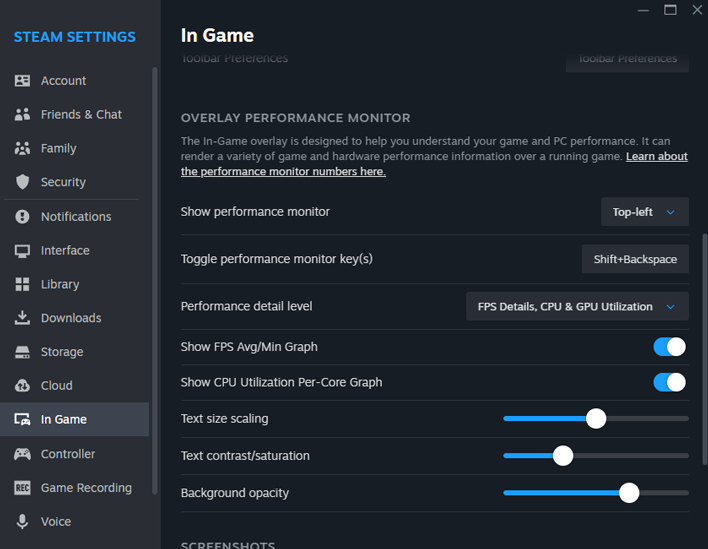Valve Pulls Steam Beta Update That Calculated GPU Usage Better Than Task Manager
This June, Steam radically improved its performance monitoring, and can now display CPU and memory usage, graphics card and GPU memory usage, and a full-on frametime graph alongside frames-per-second. That functionality was about to get an upgrade, as a pulled Steam Client beta had added functionality to ensure GPU usage was counted across all of a game's processes, and not just the main one.
That update wouldn't change the GPU usage count for the majority of games, but the readings would be far more accurate for off-kilter titles that run several processes instead of (or in addition to) spawning multiple threads. Previously, the GPU usage for those games would be under-reported. In the now-deleted release notes, Valve remarked that this more accurate method was superior even to that employed by Windows' Task Manager, and closer to third-party tools like MSI Afterburner.
If this sounds like gibberish, here's a little background: when a game needs to run many things simultaneously, they use "threads". The developer might assign one to the game logic, another to animation, another to sound, and a big one for rendering graphics. This is the famous "multi-threading" you've heard to much about, and it allows the game to make use of otherwise-idle CPU resources. All these threads, however, normally still belong to the same process, say, "your_game.exe".

A handful of Windows games break from this mold and use wholly separate processes for disparate things. That makes it a little bit trickier to calculate CPU and GPU usage, as you now need to count those across all related processes. In case you're wondering why it's 2025 and this basic problem hasn't been solved, the simple answer is that it's not easy as it sounds to get a measurement that's not misleading.
Counting CPU usage is more or less simple: the operating system keeps a "program" running that does nothing and counts how long it's been active. This got more complex since CPUs started having many cores, and trickier still when said cores are of different types to others (like performance cores vs. efficiency cores). It also gets iffy when the CPU seems busy but it's really not, like when it's waiting for storage to catch up.
GPU usage is another can of worms entirely, though. While the operating system's scheduler tracks utilization on both a per-CPU and per-core basis, Windows has to ask the GPU driver for those statistics. This means it's up to the GPU driver to report them both accurately and also in a manner consistent with what Microsoft's WDDM spec expects. In short, GPU utilization as a metric simply isn't as standardized as CPU utilization, so measuring and reporting it can be messy.
For our part, we're just happy that Steam's incoming improvements to performance metrics mean that many gamers will no longer have to rely on external utilities—sometimes more than one—for getting an accurate picture of system usage. Raise a glass to GabeN's minions.

